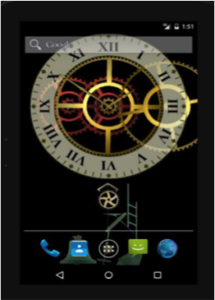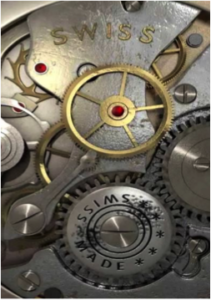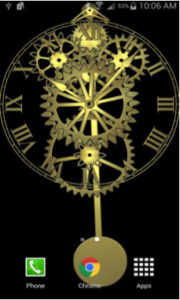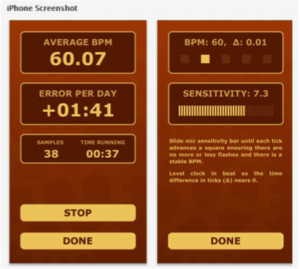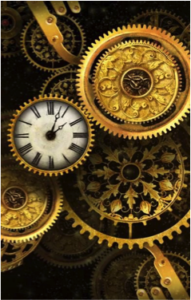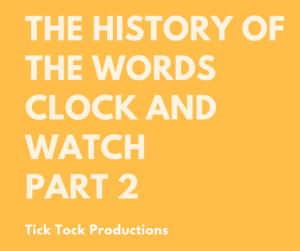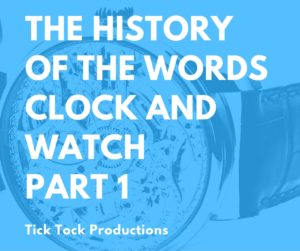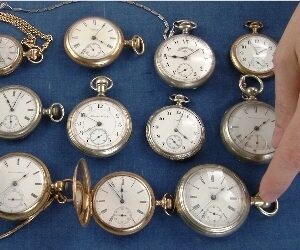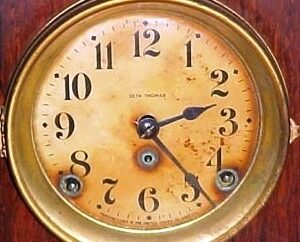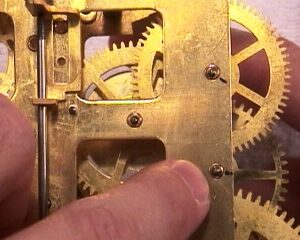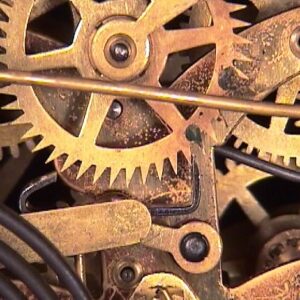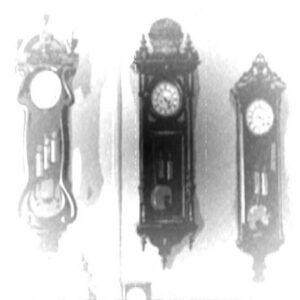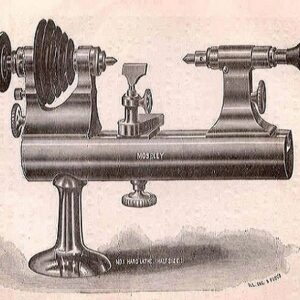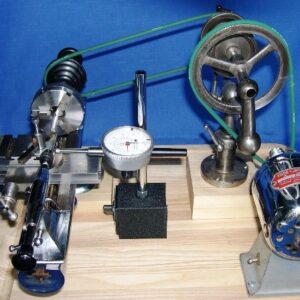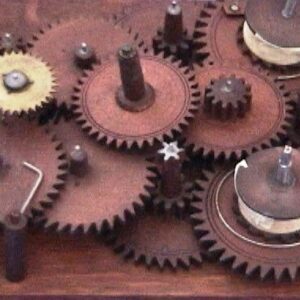5 Celebrity Auction Blockbuster Watches
Watches that belonged to celebrities can have a dramatic outcome at world renowned auction houses like Christie’s, Antiquorum, Heritage Auctions and 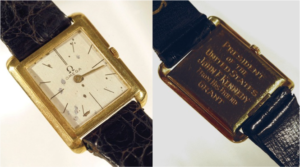 Guernsey’s. The blockbuster bidding can go well beyond initial auction estimates. A watch having once belonged to a famous person can add a strong value to the provenance. Below are the auction results of some famous watches owned by celebrities of the present and the past.
Guernsey’s. The blockbuster bidding can go well beyond initial auction estimates. A watch having once belonged to a famous person can add a strong value to the provenance. Below are the auction results of some famous watches owned by celebrities of the present and the past.
John F. Kennedy was given this gold Omega wristwatch in 1960. Kennedy wore it to his presidential inauguration in January of 1961. On December 16, 2005 the Omega Museum acquired it at auction for $350,000. It was auctioned by Guernsey’s in New York. This watch was part of The Robert White Collection. It is the world’s largest privately owned collection of JFK’s life.
 Elvis Presley once owned this 1960 black dialed Omega Constellation Calendar. It was auctioned by Antiquorum of New York on June 12, 2012 for the final hammer price of $52,500. The auction pre-sale estimate was a range of 10,000 to $20,000. The watch is an automatic chronometer movement in a steel case with rose gold plating. It is a piece of rock and roll history. The watch came from a private collection belonging to Charlie Hodge who was a close friend of Elvis Presley. Elvis gave the watch to Hodge while still in the army after Hodge expressed admiration for the watch.
Elvis Presley once owned this 1960 black dialed Omega Constellation Calendar. It was auctioned by Antiquorum of New York on June 12, 2012 for the final hammer price of $52,500. The auction pre-sale estimate was a range of 10,000 to $20,000. The watch is an automatic chronometer movement in a steel case with rose gold plating. It is a piece of rock and roll history. The watch came from a private collection belonging to Charlie Hodge who was a close friend of Elvis Presley. Elvis gave the watch to Hodge while still in the army after Hodge expressed admiration for the watch.
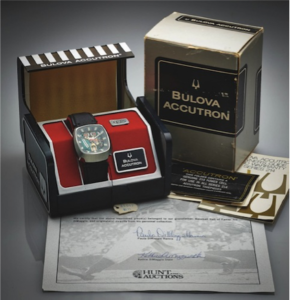 Joe DiMaggio, the baseball hall of famer, once owned this Bulova Accutron. It is a water resistant, stainless steel case with an electronic movement. It was sold on April 10, 2013 at Antiquorum. It was accompanied by a certificate signed by DiMaggio’s granddaughters verifying the provenance. The watch was part of the auction “Important Modern & Vintage Timepieces”. The initial pre-sale estimate was $4000. It sold for $20,625. The watch appeared to be unworn.
Joe DiMaggio, the baseball hall of famer, once owned this Bulova Accutron. It is a water resistant, stainless steel case with an electronic movement. It was sold on April 10, 2013 at Antiquorum. It was accompanied by a certificate signed by DiMaggio’s granddaughters verifying the provenance. The watch was part of the auction “Important Modern & Vintage Timepieces”. The initial pre-sale estimate was $4000. It sold for $20,625. The watch appeared to be unworn.
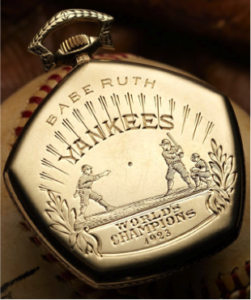 Babe Ruth’s world-series Gruen Pocket Watch. Before the major league baseball players were awarded world-series rings for winning the world-series, the teams would celebrate their win by giving their players a commemorative watch. In 1923, the New York Yankees beat the New York Giants in 6 games to win the first world-series. The most treasured of these watches is the one owned by the New York Yankee Babe Ruth. His watch is a Gruen Verithin 1923 world-series championship pocket watch made of 14 carat gold. It was auctioned by Heritage Auctions on February 22, 2014. The final hammer price was $717,000.
Babe Ruth’s world-series Gruen Pocket Watch. Before the major league baseball players were awarded world-series rings for winning the world-series, the teams would celebrate their win by giving their players a commemorative watch. In 1923, the New York Yankees beat the New York Giants in 6 games to win the first world-series. The most treasured of these watches is the one owned by the New York Yankee Babe Ruth. His watch is a Gruen Verithin 1923 world-series championship pocket watch made of 14 carat gold. It was auctioned by Heritage Auctions on February 22, 2014. The final hammer price was $717,000.
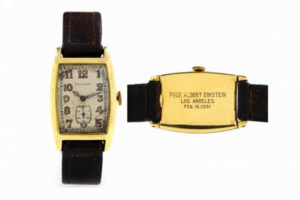 Albert Einstein once owned a Longines wristwatch. It is a tonneau-shaped 14 carat gold watch. On October 16, 2008 Antiquorum auctioned the 1930 Longines watch owned by the famous scientist. The backside shows an etching featuring Einstein’s name, Los Angeles and the date of 1931. The auction estimate was $35,000. The final hammer price went for $596,000. This is a record for the highest selling Longines watch.
Albert Einstein once owned a Longines wristwatch. It is a tonneau-shaped 14 carat gold watch. On October 16, 2008 Antiquorum auctioned the 1930 Longines watch owned by the famous scientist. The backside shows an etching featuring Einstein’s name, Los Angeles and the date of 1931. The auction estimate was $35,000. The final hammer price went for $596,000. This is a record for the highest selling Longines watch.
Do you want to learn more about watch repair? Enroll in our free online watch course here.
The watch repair course is the light version of courses “Introduction to Watch Repair” and “The Watch Repair Course”. The course in this enrollment is called “Watch Repair Basics”. The full courses “Introduction to Watch Repair” and “The Watch Repair Course” consists of 5.5 hours of training on video plus a course manual. You will receive the 19 page full course outline in pdf format. You can print or download the outline to your computer.
Your “Watch Repair Basics” course will consist of 6 video modules along with a series of emails which will have content teaching you various watch repair topics. There will be links to the videos from the emails. Most of the emails contain a video link. The email content along with the videos is what you will receive for this course.
Regards,
John
Tick Tock Productions Online School Tick Tock Productions DVD courses
